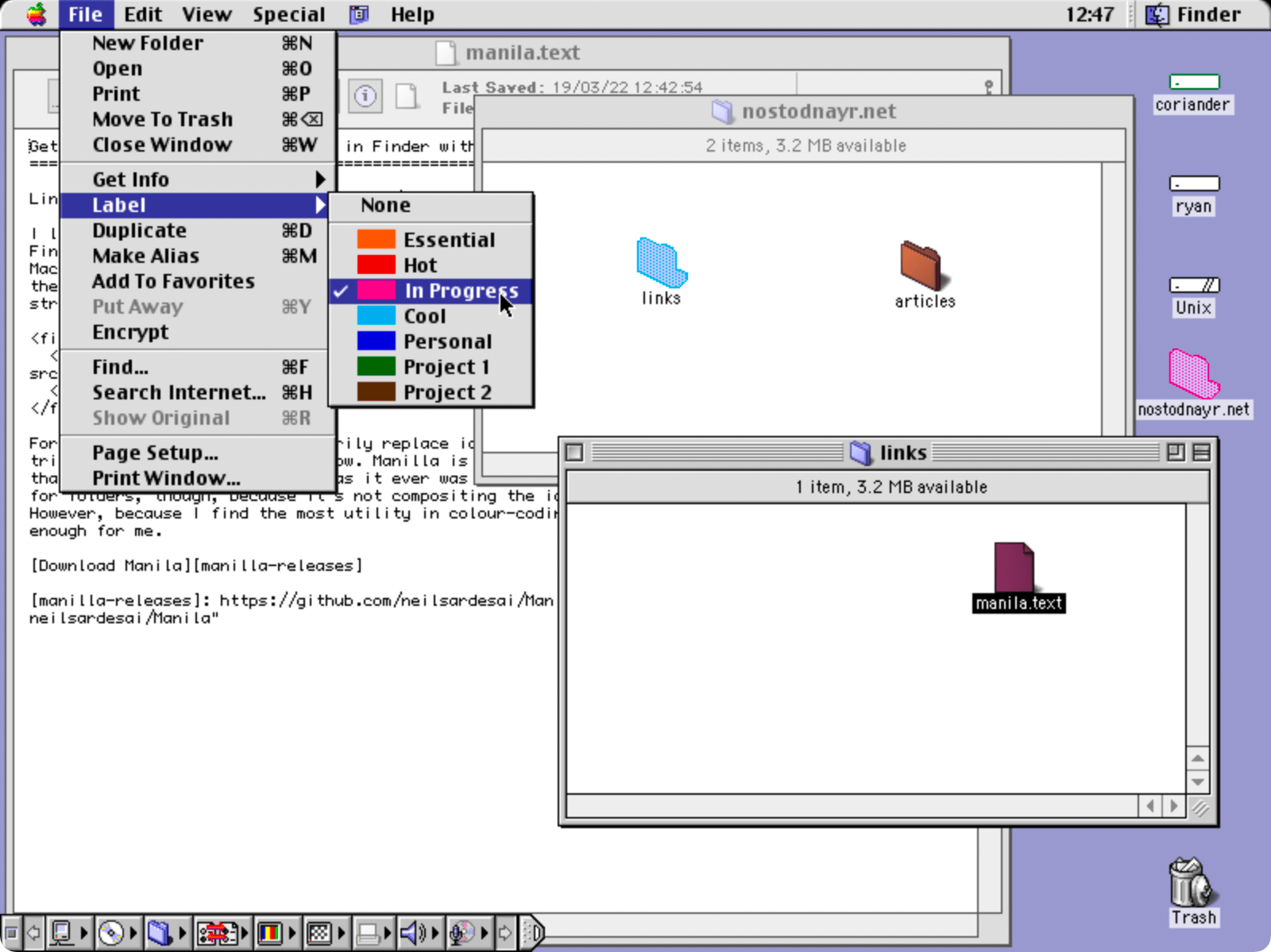

Readers can trace the lines to percents printed along the left and top of map for the 2023 annular solar eclipse and along the right and bottom for the 2024 total solar eclipse. Outside the eclipse paths, the map displays contours of obscuration, or percentage of the Sun’s area covered by the Moon. For the total path, times range up to 4 minutes. For the annular path, times range from a few seconds on the outer edge to a maximum of around 4.5 minutes in the center. The closer to the center of the solar eclipse path, the longer it will last. These delineate the length of time annularity or totality will last. On the map, the ovals contain times inside corresponding to the shape of the Moon’s shadow cast at that time during the eclipse.Īlso within the dark paths are duration contours. For a total solar eclipse, the ovals are called the umbra and create the path of totality. For an annular solar eclipse, these ovals are called the antumbra and together make up the path of annularity. Inside these dark eclipse paths are irregular ovals that delineate the Moon’s shadow on the Earth’s surface.

People in these paths will experience either an annular or total solar eclipse. Reading the MapThe dark paths across the map are where the largest area of the Sun will be covered by the Moon. Likewise, nighttime Earth imagery from NASA’s Black Marble were used along the path of the 2024 total solar eclipse. The lead visualizer, Michala Garrison, used Earth imagery from NASA’s Blue Marble Next Generation to create the terrain map. The eclipse data were calculated by visualizer Ernie Wright using elevation information from SRTM, lunar topography from LRO, and planetary positions from the JPL DE421 ephemeris. Making the MapThis map uses datasets from several NASA missions. The sky will darken as if it were dawn or dusk and those standing in the path of totality may see the Sun’s outer atmosphere (the corona) if weather permits. During a total solar eclipse, the Moon completely blocks the Sun while it passes between the Sun and Earth. On April 8, 2024, a total solar eclipse will cross North and Central America creating a path of totality. This will create a “ring of fire” effect in the sky for those standing in the path of annularity. Because the Moon is farther away from Earth, it does not completely block the Sun. An annular solar eclipse occurs when the Moon passes between the Sun and Earth while at its farthest point from Earth. On October 14, 2023, an annular solar eclipse will cross North, Central, and South America creating a path of annularity. This map illustrates the paths of the Moon’s shadow across the U.S.


 0 kommentar(er)
0 kommentar(er)
